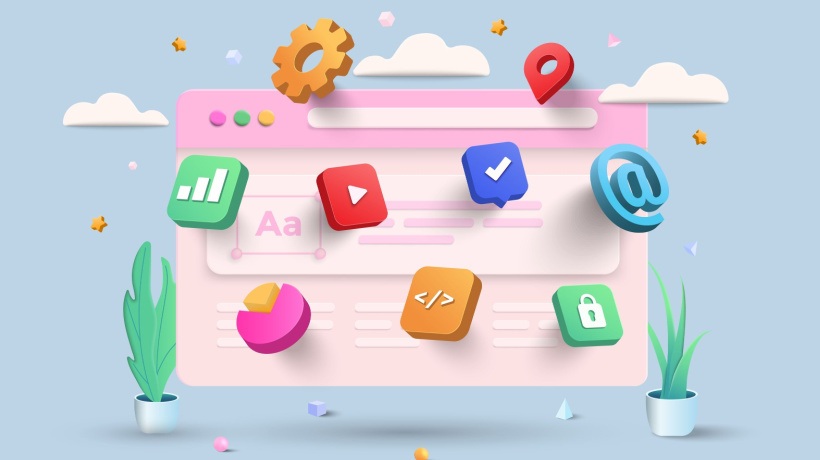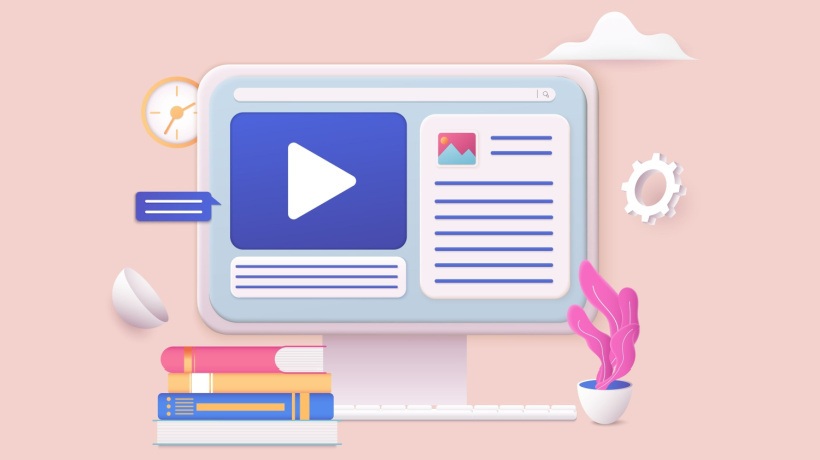How To Create Engaging Learning Experiences
“Tell me and I forget, teach me and I remember, involve me and I learn.” - Benjamin Franklin
Learning was a one-time event for most companies until a few years ago where employees would gather at a venue every once in a while, attend sessions conducted by experts and go about their normal lives, forgetting everything they learned in a few days’ time. This is changing as the advent of technology and the need for constant learning itself has started to gather a lot of attention. Today, the objective of learning is moving to becoming a continuous process that offers an experience to learners that not only helps them expand their knowledge, but also practice it in a way that they can retain it. Decisions are made by taking the views of participants into account, making it democratic and adhering to all levels within an organisation.
Let’s look at some of the top ways that organisations are employing to achieve this:
1. Understand Your Learners
Not doing this and charting out an entire learning path for your audience could be a crucial mistake for you to make. Connecting with your learners is impossible if you don’t even know what they really want to learn. Hence, it is important to make an effort and understand the characteristics, habits, learning behaviors and needs of those who are going to be the consumers of your learning programs. The audience needs to be analysed and asked what is it that they want to experience and how. Taking their opinions and understanding their background, abilities, and preferences will enable organisations to create customized and highly engaging learning experiences.
2. Application Of Theory To Real Life Scenarios
A lot of learning focuses too much on theory and not much on how those theories can actually be applied when on the field. Learning needs to not only include key points of a particular subject, but also real life examples of how that content can be applied on the job to gain maximum benefits. For example, a sales training might include content on techniques on how to sell more effectively. However, if this is backed by a role play with a customer, it not only makes the exercise all the more interesting but also helps the learner retain the concepts. Along with this, the learning material should also include images and videos of what the learner can expect to see on the job.
3. Keep The Modules Short And Crisp
Trying too hard to make the content look sophisticated and high quality by putting in unnecessary information, abstract jargon, and complicated data not only has the potential to confuse learners, but also put them off for good. The age old rule of keeping things simple will come in handy here, and the content should be communicated as simply as possible, through engaging and visually appealing bite-sized videos which have short sentences, crisp outlines, and bullets. Smaller bytes can help learners stay focused and easily find the information in case they want to go back to a particular part.
4. Empower Learners With Access To A Content Library
The best gift you can give your learners is the gift of being able to fend for themselves from time to time. Make sure your learning program includes an unlimited access to a content library that can be used by learners to browse on their own to search for all kinds of references or resources. Make sure you also hand hold them a little bit by including all the useful links within modules and lessons in order to enable learners to have direct access to the huge knowledge base. This library can include a curated list of the best on the web or your own creations, with insightful lectures, videos or stories for inspiration.
5. Provide Flexibility To Learners
This is more important than we imagine. Learners today are hard pressed for time and demand a host of flexible options everywhere, even in the way they learn. Since it is the age of mobile devices and remote working, learning strategies should take this into account and offer services which can be accessed at any time and any place over any device as per the convenience of the learners. Such an option can also help learners complete their learning courses as per their own time table, without anyone pushing for it too hard. Sharing each other’s progress levels can keep learners motivated to complete their own tasks, without having to be forced through push notifications.
6. Gather Feedback
Feedback is the new reality of meaningful and engaging learning experiences. For all those learners who are looking to find meaning through various training programs, you need to know their feedback. Gathering feedback before and after training and assessments is extremely critical in detailing out what went missing, what needs to be improved and what needs to be thrown out completely. Most importantly, asking for opinions of employees and actually working on them to make changes or planning can help boost employee morale in a great way. The data and analytics gathered from this feedback should help in creating more engaging experiences. Hence, assess your audience on what is it that they want to learn and use that data to create enriching learning experiences.









